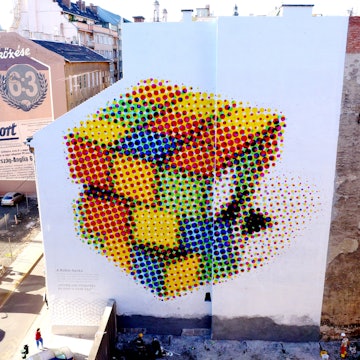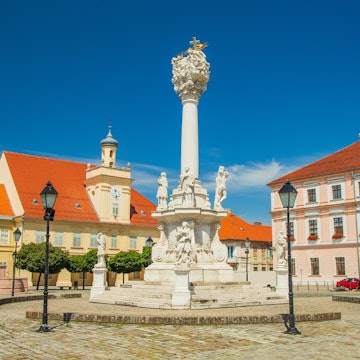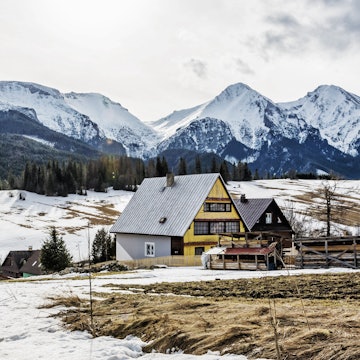
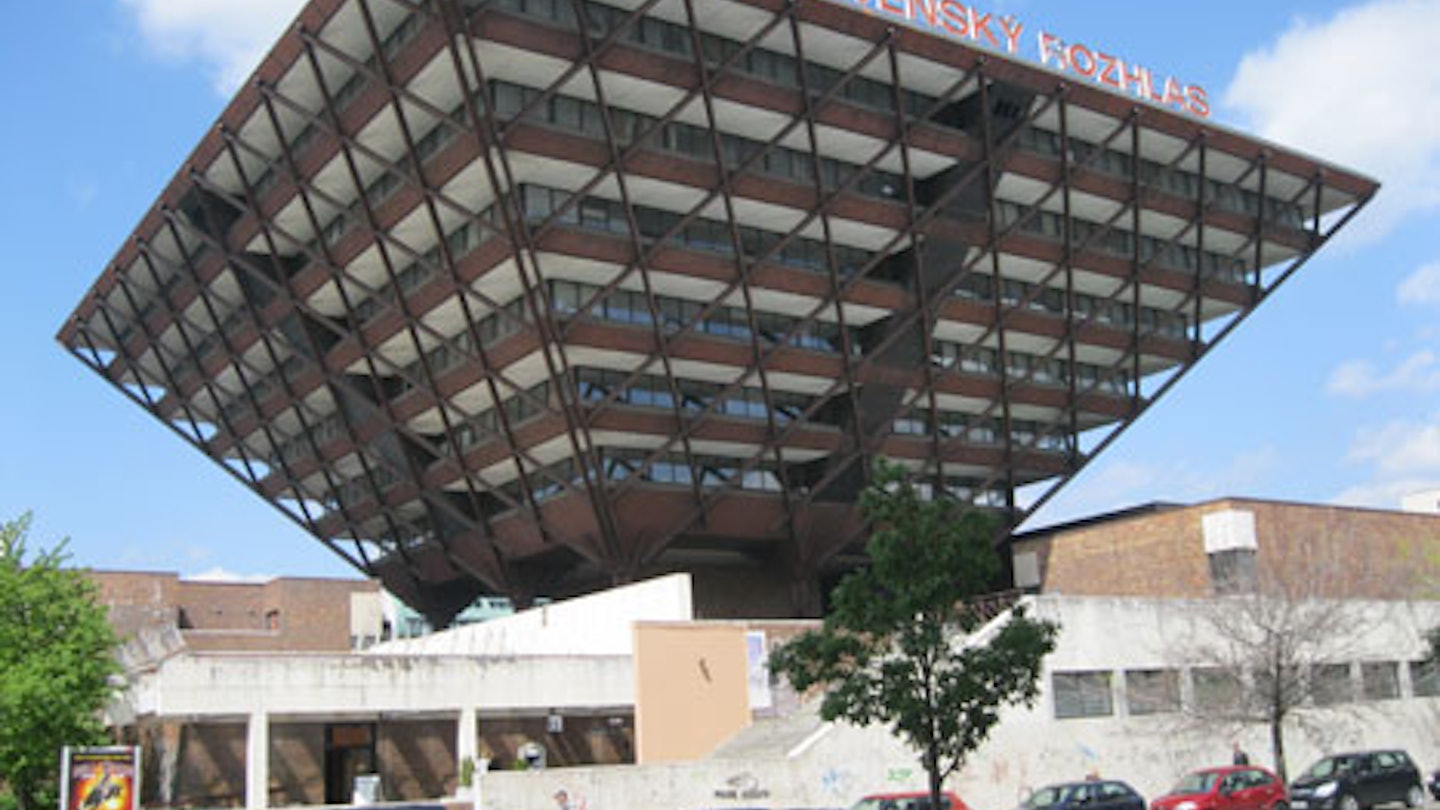
Ugly or visionary? An architectural period to forget, or a legacy worth preserving? Few building styles have made an impact on a region, or caused as much controversy, as brutalist architecture in the former Communist Bloc. This was, after all, the architecture synonymous with the obliteration of Bratislava’s Jewish quarter, and the closing down of Budapest’s historic artists' cafes. Eastern Europe’s photogenic baroque and neoclassical grandeur was overshadowed in a mere 45 years by a regime that used concrete functionalism as one of its most effective statements of intent.
But while grey, high-rise paneláks (tenements) became the most exported image from behind the iron curtain, the brutalist buildings and monuments here are far from universally unsightly. Their otherworldly and striking designs are increasingly reasons to visit the area.

Slovakia’s Soviet-era oddities
Bratislava was, with the west just across the Danube, something of an advert for outlandish Soviet-era design. Climb up Slavín Hill (topped with a 39m-high obelisk remembering Slovakia’s 'liberation' by Soviet troops in 1945). From here you can, without hallucinating, look down on an immense upside-down pyramid (to the east) and what appears to be a flying saucer suspended over the Danube. The former is the wacky Slovak Radio building, the latter the love-it-or-hate-it UFO - a spaceship-like construction above the Novy Most (New Bridge) dating from 1972. You can eat at the UFO’s upmarket, 80m-high restaurant or climb above for more bird's-eye views, including south to Petržalka: Eastern Europe’s largest Communist housing development.
For further forays into Bratislava’s brutalism, contact Authentic Slovakia who specialise in Soviet-era sightseeing tours.
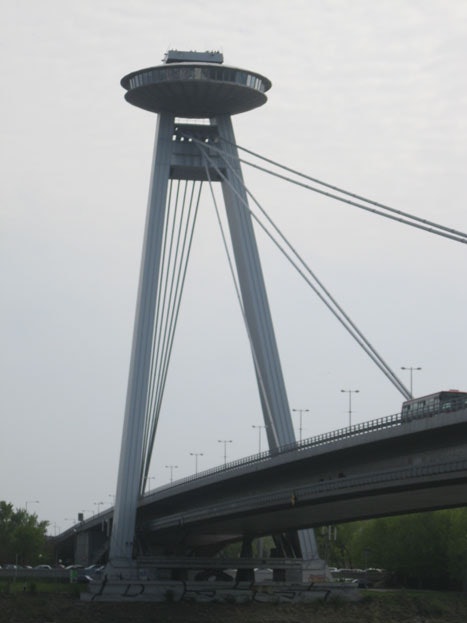
Hungary’s Communist Memento Park
No tour of the region’s Brutalist edifices would be complete without a visit to Budapest’s Memento Park. Here, more than 40 statues have been assembled, larger-than-life hallmarks of Hungary’s stint under socialism. Stalin’s immense plinth-elevated boots give you an inkling of how preposterously proportioned his original 25m statue was before being toppled in the 1956 Hungarian Revolution. More bizarre yet is the Republic of Councils monument: a giant likeness of a worker in mid-run, flag flying patriotically and fist angrily clenched against would-be enemies of the state. Comically oversized these statues may be, but they still convey how awe-inspiring they would have seemed in their heyday.
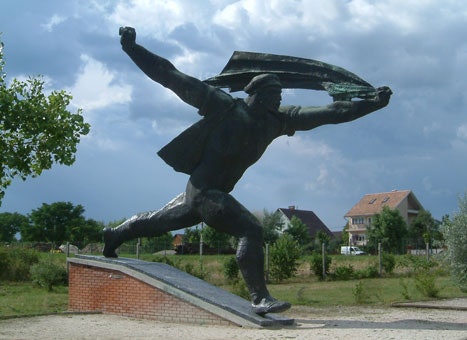
Brutalist Bulgaria and Romania
Bulgaria hasn’t emulated the trend further west to preserve its brutalist past, and many such buildings have been defaced. This is a shame, as together they offer riveting architectural insights into the period.
The House of the Bulgarian Communist Party is Bulgaria’s largest brutalist monument. Standing on Mount Buzludzha in the Balkan Mountains, it casts a dramatic (if desolate and desecrated) picture today. But when built (a process taking seven years and involving 6000 workers) it boasted two lavish 12m ruby glass stars atop its 70m-high pylon that out-trumped those on the Kremlin, a marble entranceway inscribed with patriotic verse and frescoes depicting Communist greats like Marx, Engels and, er, Bulgarian leader Todor Zhivkov.
Perhaps Eastern Europe’s most tongue-in-cheek Communist-era construction is at Romania’s Vidraru Dam, where a 10m statue of Prometheus (the man who stole fire from the gods) commemorates one of the Communist Bloc’s biggest hydroelectricity projects.

Croatian flights of fancy
Croatia’s Podgarić monument is a Second World War memorial dating from 1967. Resembling a hybrid of some futuristic spacecraft and a vengeful bird of prey, it seems as if it just landed from another galaxy in Croatia’s northern mountains.
Check in, Soviet-style
If you’re after a more hands-on experience of Communist craftsmanship, there’s no better way than an overnight stay. Hats off to Kiev’s Salute Hotel for bridging the all-too-often gaping gap between Soviet-era hotels and stylish modern comfort. Constructed in 1984, it resembles an airport control tower but inside the 90 rooms are tastefully decorated, with most enjoying great city vistas from the balconies.


Captivated by the angular forms of brutalism, or more partial to a fairytale castle? Whatever your style, you'll find the very best of of Romania, Bulgaria and much more in Lonely Planet's Eastern Europe travel guide.







